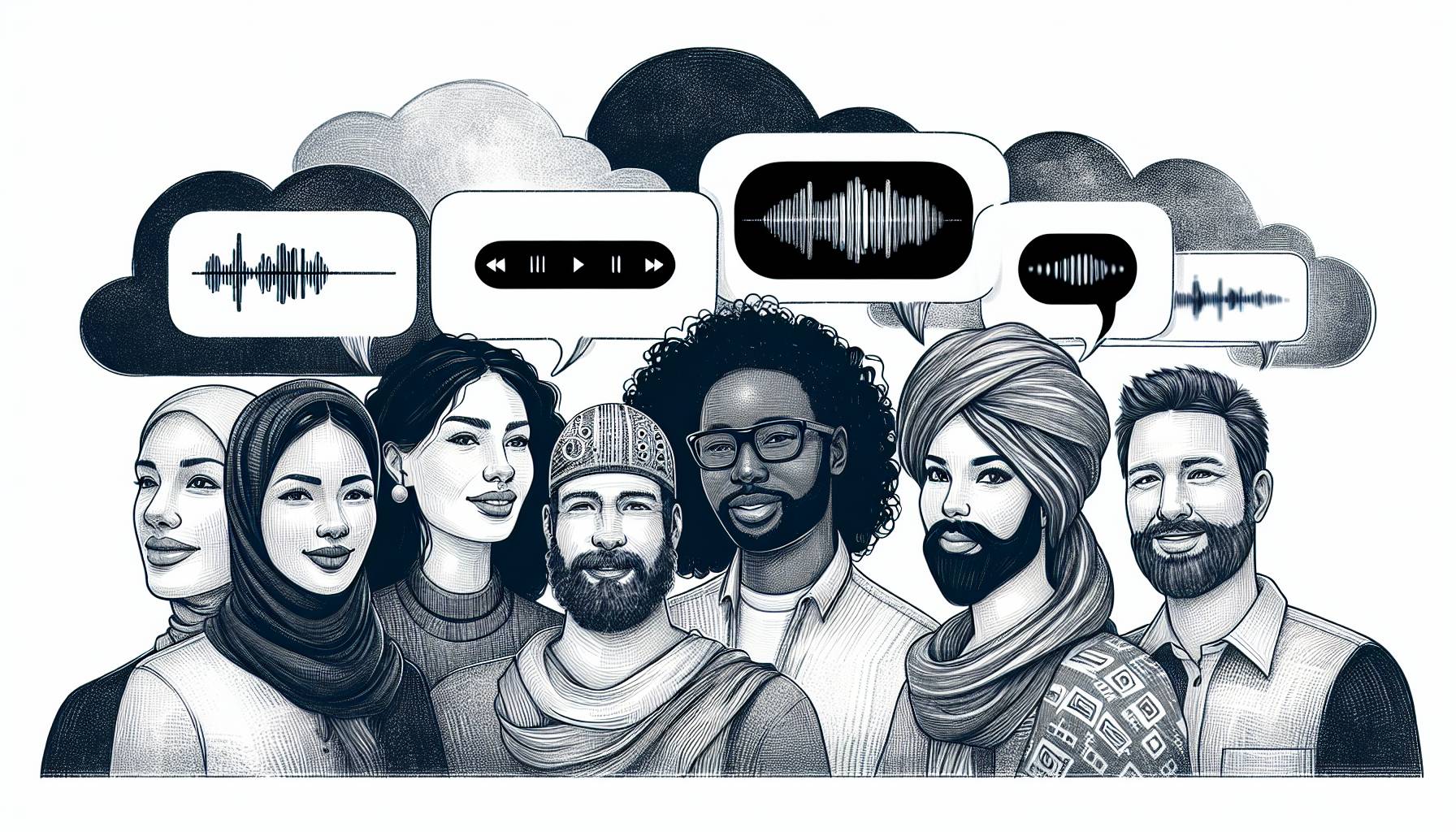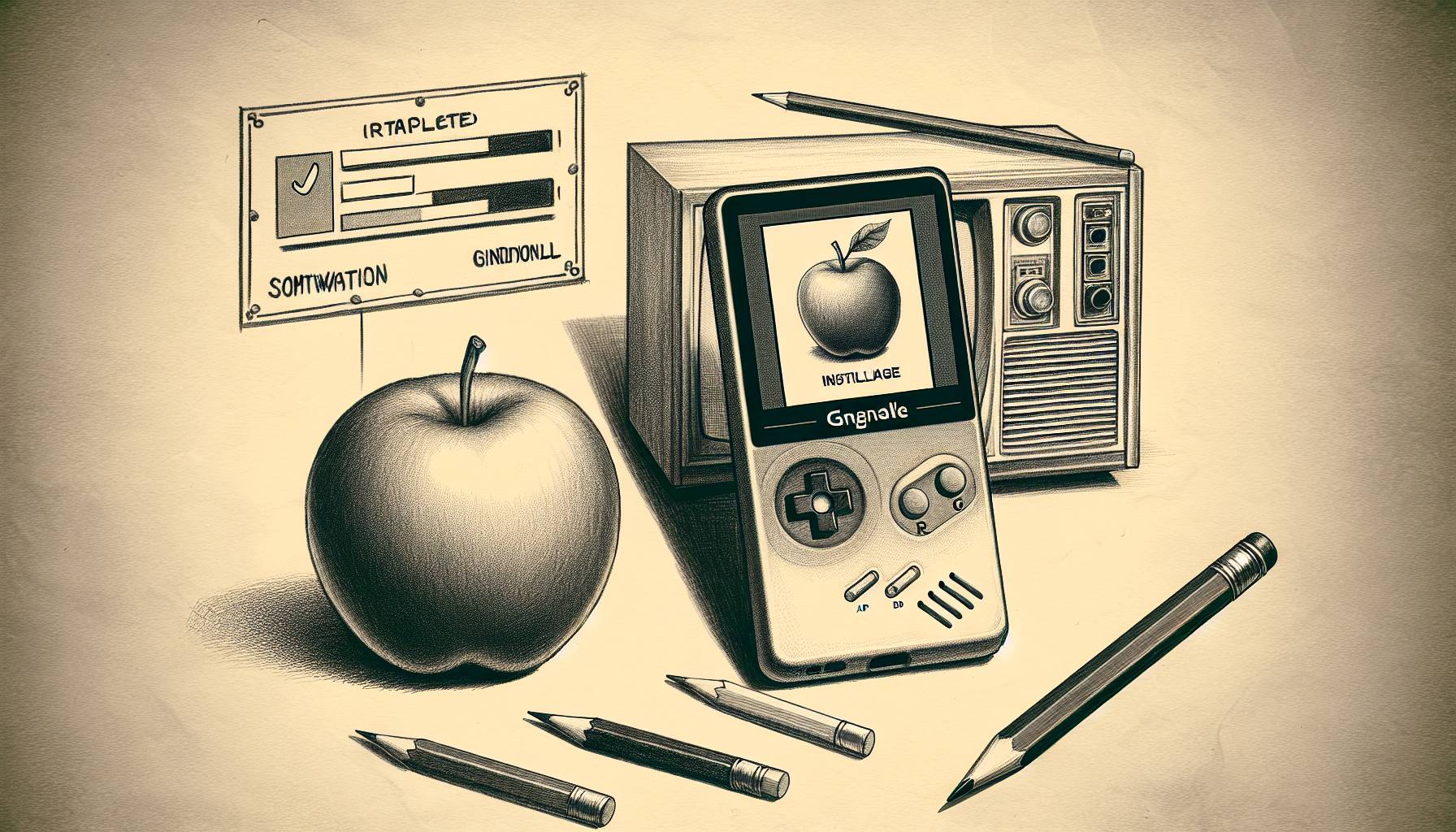Gadi Shamia is founder, President and GM of Bizzy. Before leading the Bizzy team on their quest to let people rate and share the places they go with friends and followers while making great personal recommendations for everyone, he helped small businesses around the world manage their business and customer relationships as Sr. VP of Small Business at SAP. Originally from Israel, Gadi now lives in Los Altos, CA with his two kids and highly recommends Dish Dash in Sunnyvale, CA for lunch.
We just did something a little unconventional. In the raging heat of summer, we left our air-conditioned office, crammed ourselves into a minivan and drove across the entire United States. We hosted 15 Meetups in 15 cities over 15 days starting in San Francisco and finishing in Boston. Along the way, we used our iPhone and Android app, Bizzy, to share the great bars and restaurants we found (and even a few truck stops and national monuments too). Our goal was to introduce people to Bizzy, but also to learn about our users, and bridge the online community we work with every day with the offline community, where people are out using our app in the real world.
We learned a lot about our early assumptions, our product and most importantly our community while we were on the road. Here, in no particular order, are five lessons learned about bridging online and offline communities.
Lesson #1 – No amount of tweeting or emailing can replace an in-person meeting
It may sound strange coming from a company that uses a lot of social media outlets (like our blog, Twitter, Facebook fan page, Turntable FM, Instagram, etc.) to talk to our users, but we learned more from one face-to-face meeting with an actual member of our community than we did from any of those mediums combined. Those channels are fantastic broadcast tools when you have things to share, or need to offer one-off support, but when you sit down and talk to your community, and watch them actually use your app, you get an incomparable understanding of what is important to them and how they use your product. You can’t see that in your Twitter stream.
Lesson #2 – Go where your community takes you
Geography is the easy part. You know where your activity comes from, so when you are headed out that office door with the intention to meet your users, it’s pretty easy to decide which direction to drive. The conversation is a different matter. We started with a much more broad intent: give people an easy way to rate and share their experiences with small businesses. Over and over, we saw that our community was primarily interested in food. Fair enough, we are too! Rather than throw your heels down and resist, see how your community uses your product out in the world and make that a better experience.
Lesson #3 – Be open to surprise
One big lesson coming out of our road-trip across America was that (big surprise) not every city or town in the country has the same Internet culture of Silicon Valley or New York. There are places in the U.S. where you go out to dinner and there are NO PHONES sitting on the table. Crazy, right? It’s easy to forget that you are building a product for more than just your own neighborhood. When you are building a product with a local focus, that is really important to understand. Getting out in different communities shows you just how varied your audience is, and with that knowledge, you are far better equipped to make your audience at large a happy one. For us, this means letting our community use our app without strict location restrictions, despite the fact that we are a location-based app. That gave us, and them, the flexibility to use our app how and when they want.
Lesson #4 – Meetups are more about your community meeting your community, than they are about you, and that is great.
Ideally, you create a product that serves as a platform for your community to not only forge a relationship with you, but with each other. As your community grows, as you hope that it will, you can’t be their only BFF in the community. Your users need to feel connected to each other for that community to grow. You facilitate that in your product by allowing users to friend or follow other users, comment or like other’s content, and have exchanges. You do that at Meetups by providing the real-world location for them to grow the relationships they have already formed. It’s about the people, people. Your application may be the common language they speak, but they write their own story.
Lesson #5 – Life isn’t played on paper (or on the Internet)
Before every major sporting event, statisticians and analysts sit down and give you the odds of all possible outcomes of the game. Long before the first whistle, we have exhaustively been told how this game will end. Except, anything can happen. That’s why we actually play the game, because life isn’t about statistics. It is about being clutch in the moments when it counts. When you are face-to-face with someone that uses and loves what you are building, that moment counts.
When all was said and done, the 15 days we spent on the road were some of the most valuable days we’ve spent in the early life of Bizzy. Getting to know our users, and getting our users to know each other, has helped us refine the way we talk about Bizzy, shaped the way we think about our own product, and most of all, created deep relationships with the people we get up and go to work for every day.
Can’t wait to get back out on the road again.












